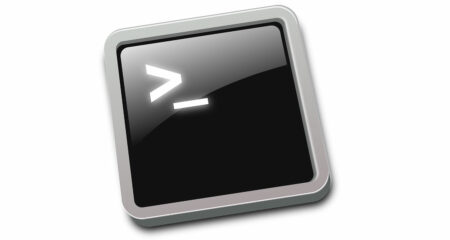
The Square Kilometre Array (SKA) radio telescope project in SA plans to work with IBM to develop a “big data” analytics platform with self-tuning and self-learning capabilities to analyse large volumes of radio astronomy data.
The proposed software may help automate the process of analysing antenna-collected data, allowing astronomers to more effectively observe objects in space, the SKA in SA says.
SKA SA is building MeerKAT, the largest and most sensitive radio telescope of its kind in the southern hemisphere. Like other radio telescopes, it will require expert data analysis to make high-quality maps of the sky.
MeerKAT will consist of 64 dish antennas, each 13,5m in diameter, and is sensitive to emission from cosmic sources at centimetre wavelengths. Huge volumes of data need to be combined to make detailed images of radio emission from distant objects such as black holes, spinning neutron stars, planets and galaxies. It will also map primeval gas before the galaxies formed, as observed at the edge of the visible universe.
The analysis of MeerKAT data is a big challenge, SKA says. “A number of subtle effects need to be corrected to make clear and accurate images from interferometers like MeerKAT,” says SKA SA’s Jasper Horrell. “These include variations in the instrument itself and effects such as those introduced by the earth’s ionosphere. More intelligent software is needed to allow astronomers to process and analyse the enormous data rates that will be produced by MeerKAT and future radio telescopes.”
The current method of analysis requires direct interaction with a computer for hours or days before the images can be used for research purposes. This practice is not only time consuming, but also requires experienced astronomers, making the radio sky accessible to only a few experts.
The proposed joint research project between SKA SA and IBM is to combine available radio astronomy analysis software with machine-learning techniques currently under development at IBM Research. Beginning with components from IBM’s Infosphere software for big data and IBM’s SPSS software for predictive analysis, the initial phase is intended to program computers to self-learn, adapt and fine-tune the analysis of radio telescope data under the watchful eye of an astronomer.
MeerKAT is one of several new radio telescopes being built as precursors to the Square Kilometer Array, an international project that should reach its full capacity in the early part of the next decade. Another precursor is in Western Australia.
The SKA will consist of a square kilometre of collecting area spread out over thousands of separate dishes and flat-panel arrays, distributed over continental scales in order to obtain very high resolution images. Data rates from the SKA will be huge, rivalling the world’s Internet traffic. Processing big data volumes, whether from scientific instruments, environmental sensors or international communication and commerce, will require extreme automation and self-learning capability by the software of the future.
“The goal of the proposed project is to teach a computer to make perfect images on its own,” says Alain Biem, an IBM researcher who specialises in exploratory stream analytics. “A software platform like this may assist in allowing large survey instruments like MeerKAT to process the trillions of bits of data per second they receive and make it available to astronomers around the world.” — Staff reporter, TechCentral
- Subscribe to our free daily newsletter
- Follow us on Twitter or on Google+ or on Facebook
- Visit our sister website, SportsCentral (still in beta)




